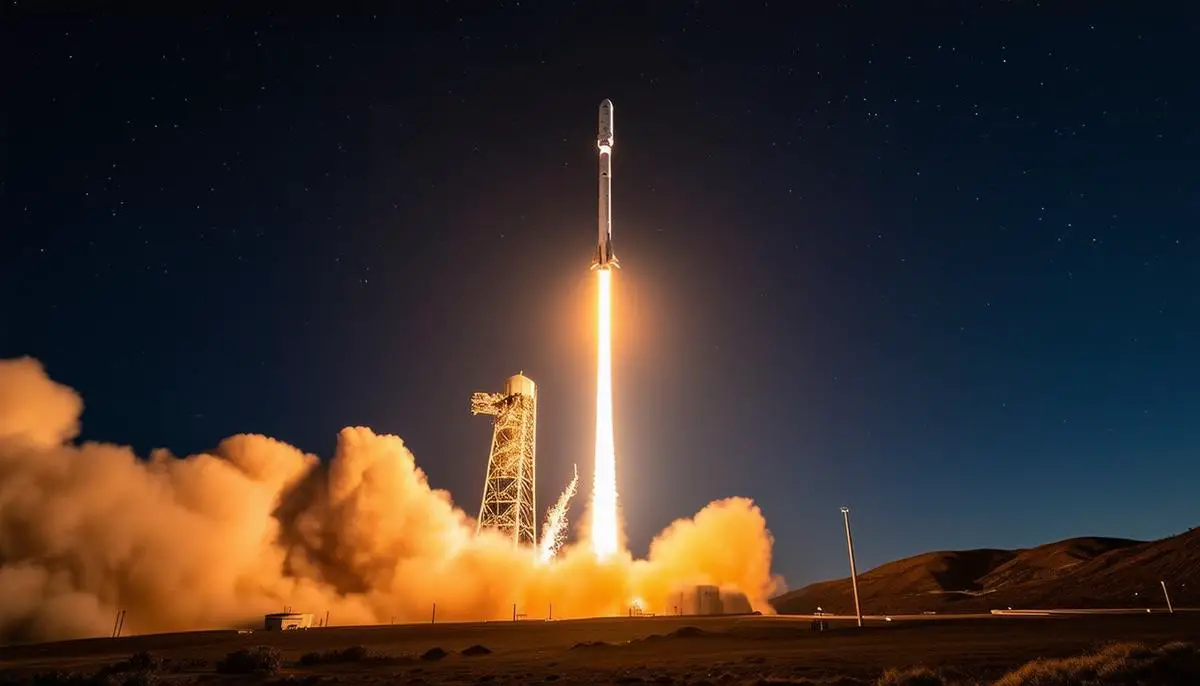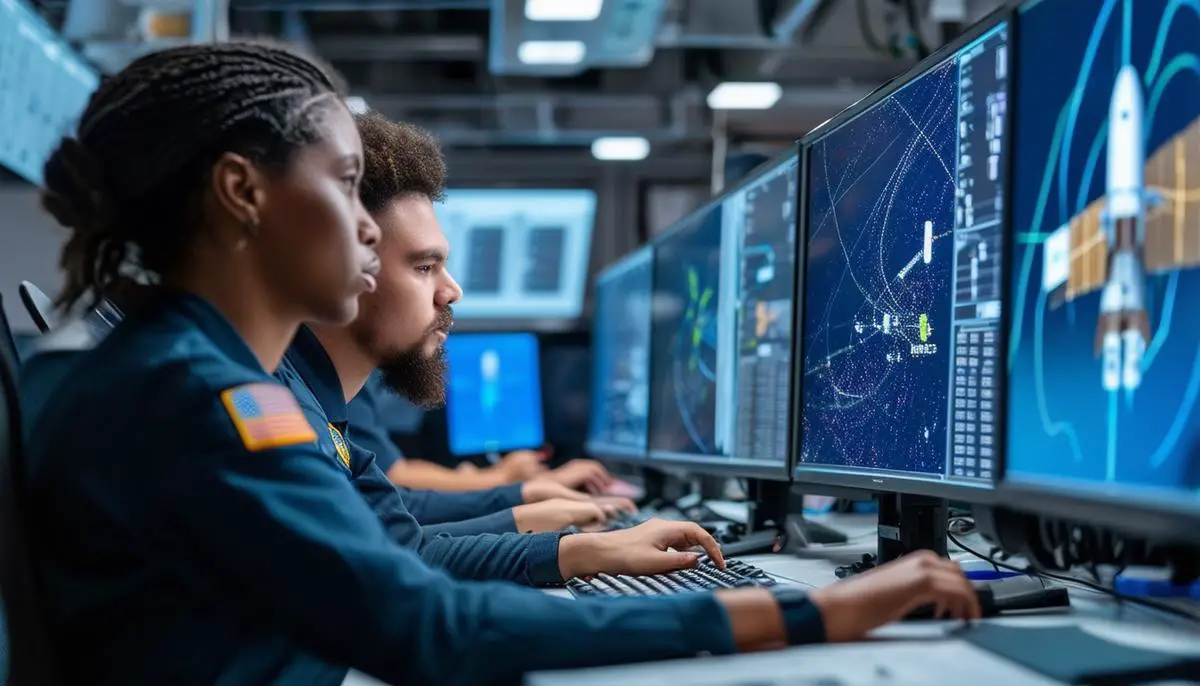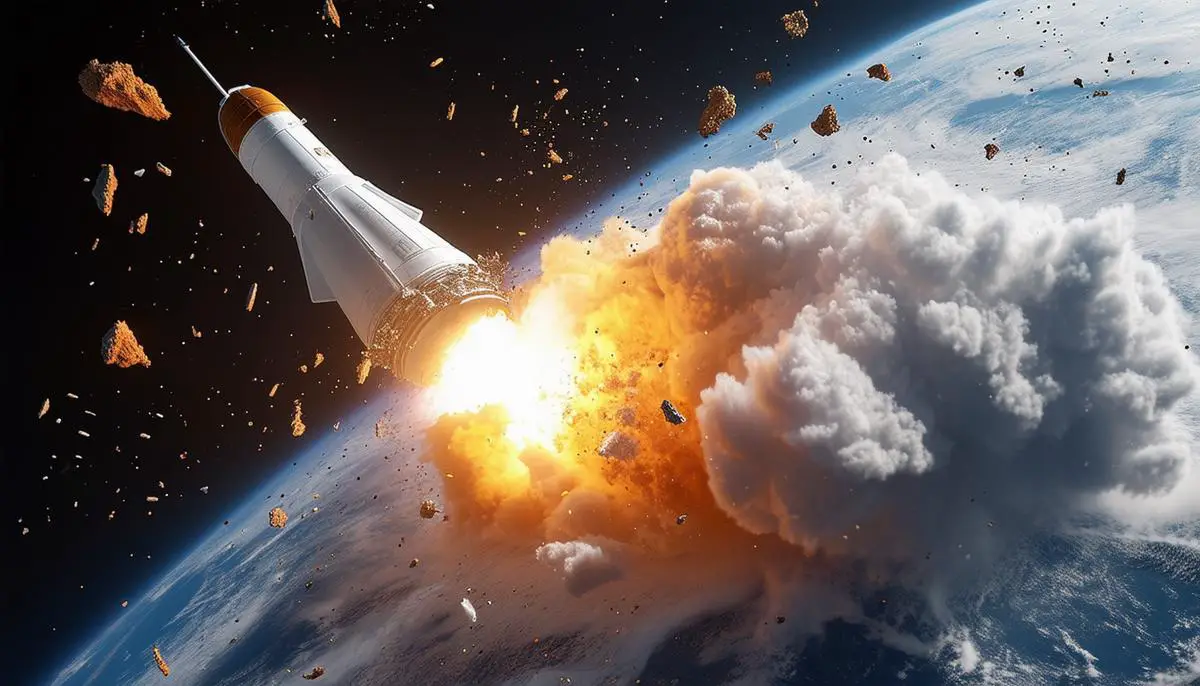Falcon 9 Launch Encounters Second Stage Failure
A Falcon 9 rocket launched from Vandenberg Space Force Base on a Thursday night at 10:35 p.m. EDT. The first stage, on its 20th flight, successfully landed on a droneship. However, the mission encountered issues during the second stage, which was crucial for placing Starlink satellites into orbit.
The second stage experienced a major failure during a critical burn, described by Elon Musk as a "rapid unscheduled disassembly." This malfunction disrupted the plan to deploy twenty Starlink satellites into their intended orbit. The initial burn occurred without incident, but problems arose during the second burn meant to fine-tune the orbit.
SpaceX attempted to salvage the situation by:
- Contacting five of the twenty satellites
- Updating their software to maximize ion thruster performance
However, Musk acknowledged the low probability of success.
This setback may impact SpaceX's launch schedule, potentially delaying upcoming missions, including:
- Entrepreneur Jared Isaacman's crew launch
- NASA's flight to the International Space Station on August 19
The event marked a rare mishap for SpaceX, the first since the rocket's debut issue in 2015, prompting a period of scrutiny for the typically reliable Falcon 9.

Impact and Recovery
The second stage engine failure has significant consequences for the mission and SpaceX's operations. The low perigee of the deployed satellites increases their risk of premature re-entry and disintegration in Earth's atmosphere. This outcome affects not only the current batch of satellites but also raises questions about future deployments.
The incident's ripple effects extend to other planned missions:
- Jared Isaacman's commercial flight, aiming to conduct the first spacewalks by non-government astronauts, may face delays.
- NASA is reassessing its timeline for the August 19 Crew Dragon launch.
SpaceX has initiated a comprehensive troubleshooting process. Engineers are analyzing data from the failed burn while attempting to salvage the situation by maximizing the capabilities of the satellites' ion thrusters. However, the challenge of overcoming mechanical and atmospheric obstacles remains significant.
In response to the incident:
- SpaceX has temporarily grounded its Falcon 9 rockets pending a thorough investigation.
- The FAA is scrutinizing the engine failure to ensure a complete understanding and resolution of the issue.
Despite this setback, SpaceX's history of resilience and rapid recovery provides some optimism. The company's extensive flight rate and control over its payloads offer a buffer against such incidents. However, until the root cause is identified and addressed, future missions will be approached with increased caution.
SpaceX's response to this challenge will be closely monitored by the industry and public alike. The company's ability to restore confidence in the Falcon 9's reliability will be crucial for maintaining its position in the commercial space sector.

Future Missions
SpaceX continues to pursue ambitious projects despite the recent Falcon 9 setback. A key focus is the test flight of the Super Heavy-Starship vehicle, which aims to be the most powerful rocket ever built. The upcoming fifth flight will attempt to catch the returning Super Heavy booster with the launch tower's "chopstick" arms at SpaceX's Starbase in South Texas. This maneuver, if successful, would significantly advance booster reuse technology.
The company has completed static fire tests on both the Super Heavy's 33 Raptor engines and the Starship's six Raptors, indicating readiness for this critical flight. However, the timeline depends on regulatory approval from the FAA.
SpaceX's versatility is evident in missions like Transporter 11, which successfully deployed 116 satellites into orbit. This rideshare program demonstrates the company's role in democratizing space access by accommodating diverse payloads.
The Starlink program remains a core activity for SpaceX, with nearly 6,100 operational satellites in orbit. Despite the recent engine failure, the company maintains an impressive launch cadence, expanding Starlink's coverage and gathering valuable data for future improvements.
Looking ahead, SpaceX is refining its technologies, particularly in areas like booster recovery. These advancements will likely inform future extraterrestrial missions, providing both immediate utility and a scalable model for long-duration space travel.
With a robust pipeline of projects, including commercial flights and NASA missions, SpaceX is positioned to maintain its leadership in the aerospace sector. The company's focus on operational excellence and innovation will be crucial as it addresses recent challenges and pursues its long-term goals in space exploration and commercialization.
- Federal Aviation Administration. Commercial Space Transportation Licenses. Washington, DC: FAA; 2023.
- National Aeronautics and Space Administration. Commercial Crew Program. Washington, DC: NASA; 2023.
- SpaceX. Starlink Mission. Hawthorne, CA: SpaceX; 2023.
![]()
